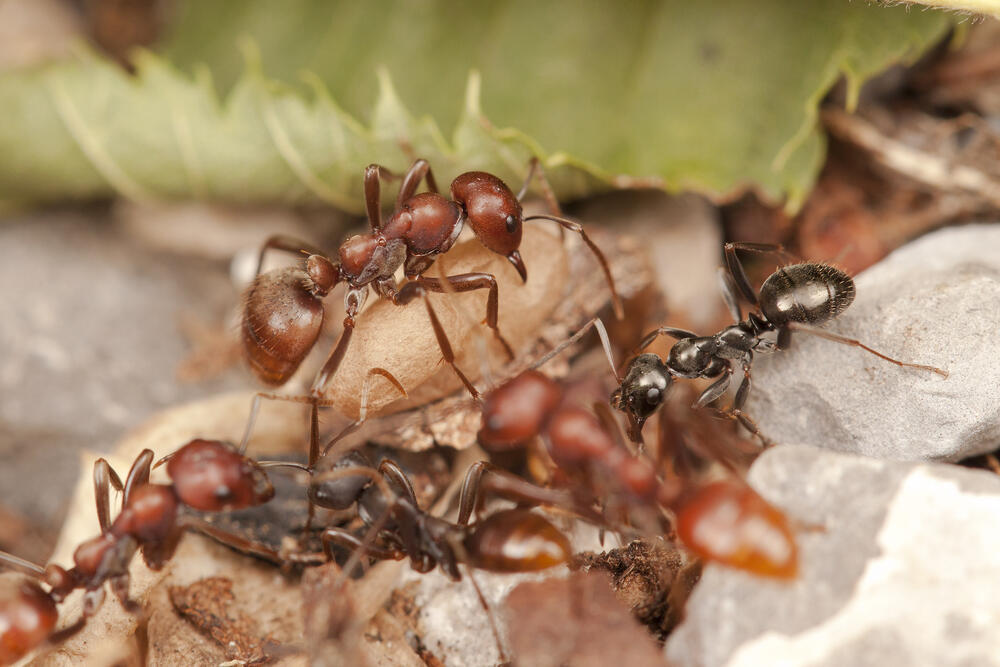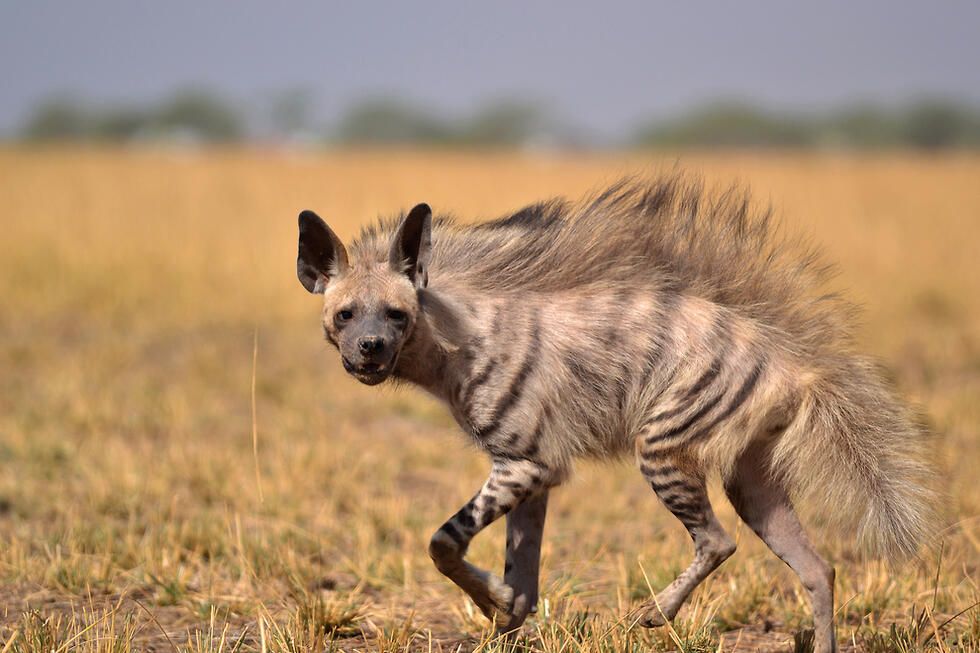Getting your Trinity Audio player ready...

Israel's longest river - 205 miles
The Jordan river holds the record for the holy land's longest river. While the stream is 155 miles long, its numerous curves and indirect paths total at 205 miles. The river's main tributaries are the Hermon river (Known in Israel as the Banias), the Dan river and Snir river, AKA Hazbani, all of which originate from the base of Mount Hermon.

They congregate in the vicinity of a Kibbutz known as Sde Nehemia. From there the waters flow through the Rosh Pina path via the Hula valley all the way to the Kinneret, also known as the Sea of Galilee.
The Jordan river's path from the Kinneret to the dead sea is marked by a moderate slope of 65 miles, via the depths of the Halashon marlstone.
With time, the river's waters had formed an incalculable amount of curvatures that make the river bank appear as it does today, the lengths of which triple the aerial distance of the path in question.

Israel's most common animal (It's not the one you're thinking of)
The mere mention of wildlife makes us think of a bird or a mammal, but arthropods deserve a mention just as much. Ecologist Dotan Rotem from the Nature and Parks Authority believes that taking this inclusion in mind, Israel's most ubiquitous animal might be the ant or the common fly.
"In agricultural open fields, Larvae multiply at a lightning pace, feeding on leaves. They can be found wherever people are, though their numbers do take a dip during winter.
"Ants aren't quite as common and don't always accompany humans, so they can occasionally be found in inhospitable deserts, thriving in specific sections where human activity takes place."

Israel's most common bird prefers manmade habitats
Here too, Rotem says, human areas play a major role in their numbers. The common dove is likely the most widespread bird in Israel. Often standing outside windows and terraces, they do well in manmade structures, sometimes to the extent that they become a pest.
They originate from the now-endangered rock dove that can be found in secluded deserts and other arid regions. The types of doves often procreate with each other, so the question of whether genetically pure rock doves remain is an open one.
The male pursues the female with its usual sort of girgling-hum sound and by walking in a circular motion until the female succumbs to his chivalrous pursuits.
Away from human areas, they tend to nest on cliff sides, using twigs that vary in size to build their nest. Since they're able to fly vertically, it gives them more options on the kind of terrain upon which they can build their tiny homes.
Large groups typically raid agricultural fields, collecting every remaining seed they can dig up. Additionally, the dove's flight is initially accompanies by a sound made as the wings touch and flap in the wind.

Israel's largest predator: Nature's janitor
Subsequently to many larger predators always going extinct in our fair lands, the striped Hyena now captures the crown of the largest carnivore in Israel.
Using the word predator to describe a hyena is not entirely accurate, given that a substantial part of their diet is achieved by scavenging rather than pursuing live prey. It can smell animal carcasses from miles away and often drag the carcass back to its den to feed the cubs.
As removing carcasses from open areas helps reduce the risk of spreading disease, the hyena is considered one of nature's most prominent janitors.
- From most common name to most populated city/ Very best in News
- From the beginning of the internet to 'start-up nation'/ Very best in Teck
- The player who dribbled until the age of 80, and record-breaking medalist/ Very best in Sport
- From deluxe dwellings to humble homes/ Very best in Real Estate
- From The most expensive hotel suite - to most visited nature reserve/ Very best in Travel
- Tallest tower, longest structure, most popular product, and more/ Very best in Design
- Global swimwear, veteran brand, and designer who conquered the stars/ Very best in Fashion
- The woman who holds record for most marriages/ Very best in Relations
First published: 18:46, 04.25.23








